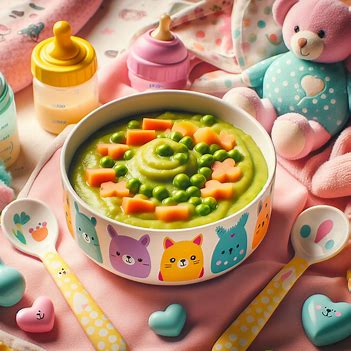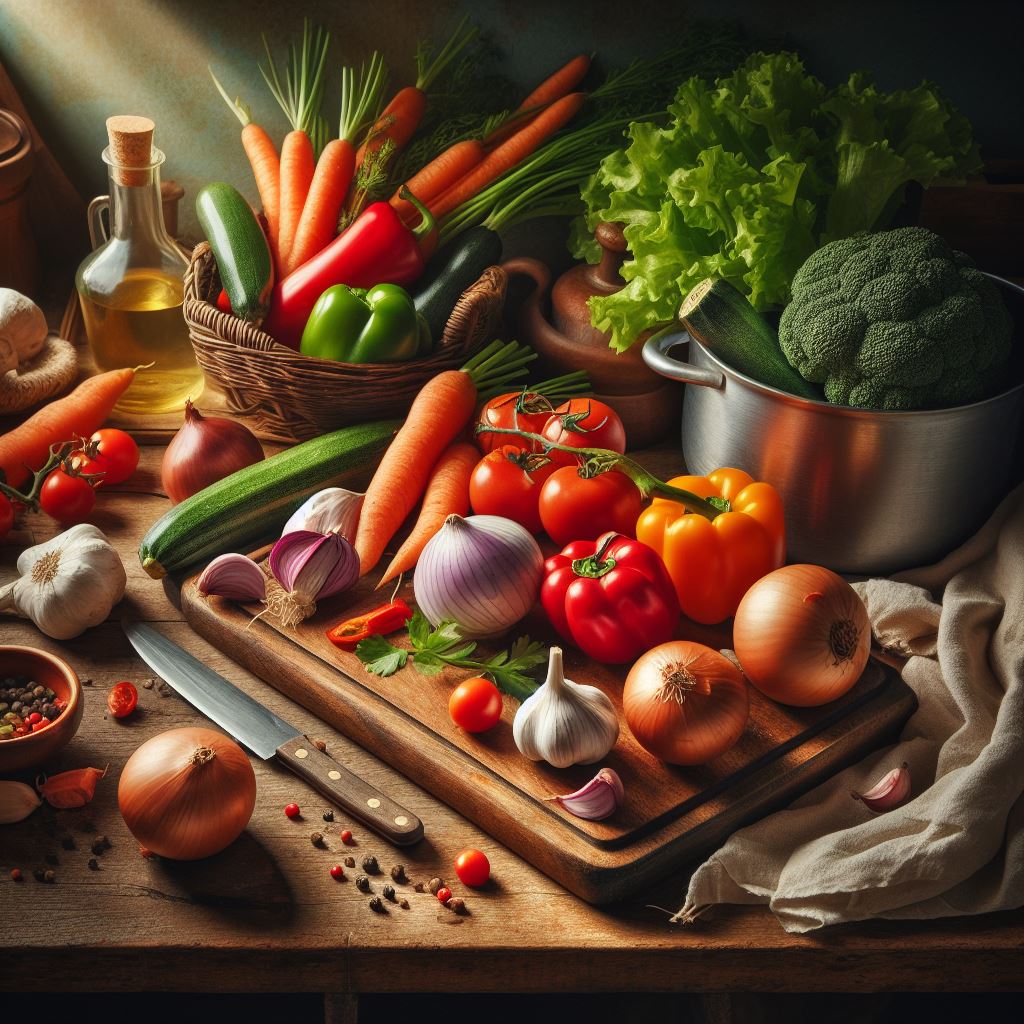Transitioning your baby from liquids to solids is a significant milestone in their growth and development. This guide will help you understand the best time to introduce solids to your baby, how to do it safely, and what foods to start with.
Understanding When to Commence Solid Foods
Your baby’s initial introduction to solid foods, often referred to as supplementary feeding or weaning, should commence when they are approximately 6 months old. At this stage, the quantity of food your baby consumes is less important than familiarising them with the concept of eating.
Initially, the majority of their energy and nutrients will continue to come from breast milk or first infant formula. By offering a variety of foods, coupled with breast or formula milk, from around six months, you can encourage healthier eating habits that will last a lifetime.
Gradually, you can increase the quantity and variety of food your baby consumes until they can comfortably eat the same foods as the rest of the family, albeit in smaller portions. If your baby was born prematurely, consult your health visitor or GP for advice on the appropriate time to introduce solids.
Why Wait Until Around 6 Months to Introduce Solids?
Introducing solid foods around the six-month mark is recommended for several reasons:
- Breast milk or first infant formula provides all the necessary energy and nutrients your baby requires until around six months of age (except vitamin D in some cases).
- If you’re breastfeeding, feeding only breast milk up to about six months of age can help protect your baby from illness and infections.
- Waiting until around six months gives your baby time to develop so they can fully cope with solid foods.
Identifying Readiness for Solid Foods
From around six months of age, three clear signs indicate your baby is ready to start on solid foods:
- Capability to stay in a sitting position and maintain a steady head.
- Coordination of eyes, hands, and mouth to look at the food, pick it up and put it in their mouth independently.
- Ability to swallow food (rather than spit it out).
Certain behaviours, like chewing their fists, waking up at night, or wanting extra milk feeds, may be misinterpreted by parents as signs that their baby is ready for solid foods. However, these are standard behaviours and not necessarily a sign that they’re hungry or ready to start solid food.
How to Introduce Solid Foods
When you start introducing solids, your baby will only need a small amount of food before their usual milk feed. Don’t be concerned about how much they eat initially. The key is to get them accustomed to new tastes and textures and learn how to move solid foods around their mouths and how to swallow them.
There are certain foods to avoid, such as those with added sugar or salt (including stock cubes and gravy). Salty foods are not good for their kidneys, and sugar can cause tooth decay.
Tips to Successfully Start Solid Foods:
- Eating is a new skill. Some babies learn to accept new foods and textures quicker than others. Keep trying, and give your baby lots of encouragement and praise.
- Allow plenty of time, especially at the start.
- Go at your baby’s pace and let them show you when they’re hungry or full. Stop when your baby shows signs they’ve had enough.
- Be patient and offer a range of foods, even those they don’t seem to like. It may take 10 tries or more for your baby to get used to new foods, flavours, and textures.
- Let your baby enjoy touching and holding the food. Allow them to feed themselves, using their fingers, as soon as they show an interest. If you’re using a spoon, your baby may like to hold it or another spoon to try feeding themselves.
- Keep distractions to a minimum during mealtimes and avoid sitting your baby in front of the television, phone, or tablet.
- Show them how you eat. Babies copy their parents and other children. Sit down together for family mealtimes as much as possible.
Texture Progression
Once you’ve started introducing solid foods from around six months of age, try to move your baby on to mashed, lumpy, or finger foods as soon as they can manage them. This helps them learn how to chew, move solid food around their mouth, and swallow.
Safety and Hygiene
When introducing your baby to solid foods, it’s essential to take extra care to ensure they are not put at risk.
Key Food Safety and Hygiene Advice:
- Always wash your hands before preparing food and keep surfaces clean.
- Cool hot food and test it before giving it to your baby.
- Wash and peel fruit and raw vegetables.
- Avoid hard foods like whole nuts, or raw carrots and apples.
- Always stay with your baby when they’re eating in case they start to choke.
Equipment Checklist
Here is a list of handy equipment you may need when starting your baby on solids:
- High chair
- Plastic or pelican bibs
- Soft weaning spoons
- Small plastic bowl
- First cup
- A messy mat
- Plastic containers and ice cube trays for batch cooking and freezing small portions
Feeding Your Baby: From 0 to 6 Months
Breast milk is the best food your baby can have during the first six months of life. First infant formula is the only suitable alternative if you are not breastfeeding or choose to supplement breast milk.
Vitamins for Babies
It’s recommended that breastfed babies are given a daily supplement containing 8.5 to 10 micrograms (µg) of vitamin D from birth. All children aged six months to five years should be given vitamin supplements containing vitamins A, C, and D every day.
Feeding Your Baby: From Around 6 Months
When they first start having solid foods, babies don’t need three meals a day. Start by offering them small amounts of food. Pick a time that suits you both, when you don’t feel rushed, and your baby is not too tired.
First Foods
You might want to start with single vegetables and fruits. Try mashed or soft cooked sticks of parsnip, broccoli, potato, yam, sweet potato, carrot, apple, or pear.
Finger Foods
As soon as your baby starts solid foods, encourage them to be involved in mealtimes and have fun touching, holding, and exploring food.
Baby-Led Weaning
Baby-led weaning means giving your baby only finger foods and letting them feed themselves from the start instead of feeding them puréed or mashed food on a spoon.
Feeding Your Baby: From 7 to 9 Months
From about seven months, your baby will gradually move towards eating three meals a day (breakfast, lunch, and tea), in addition to their usual milk feeds.
Feeding Your Baby: From 10 to 12 Months
From about ten months, your baby should now be having three meals a day (breakfast, lunch, and tea), in addition to their usual milk feeds.
Feeding Your Baby: From 12 Months
From 12 months, your child will be eating three meals a day containing a variety of different foods.













